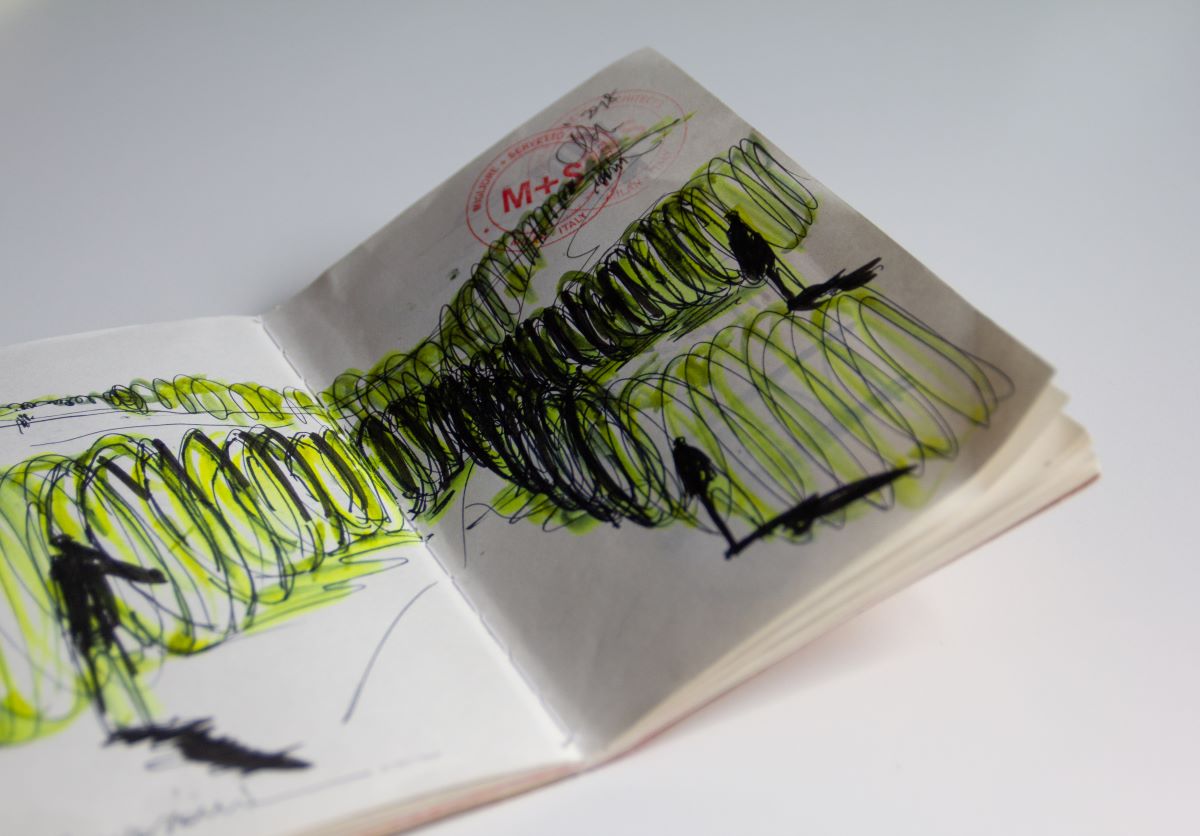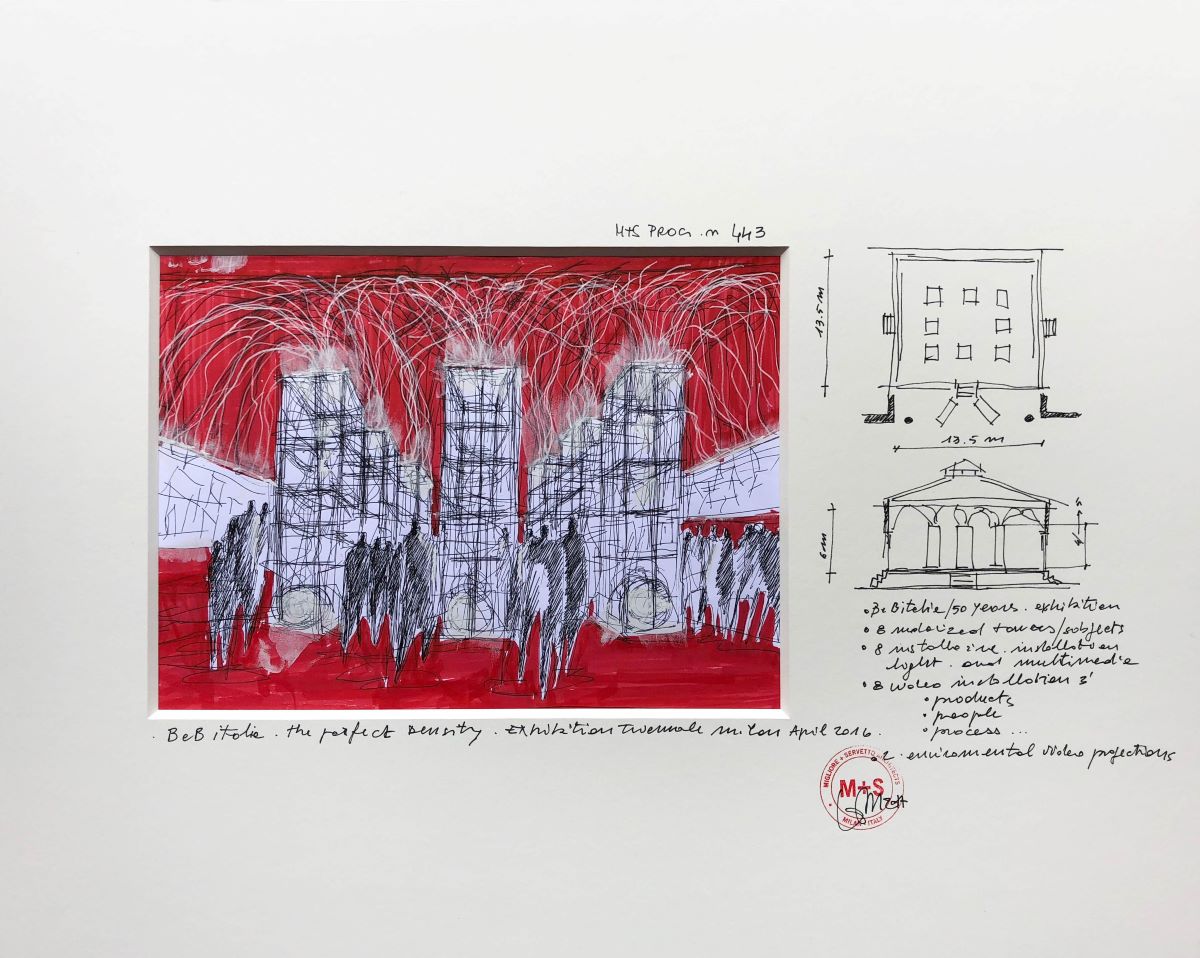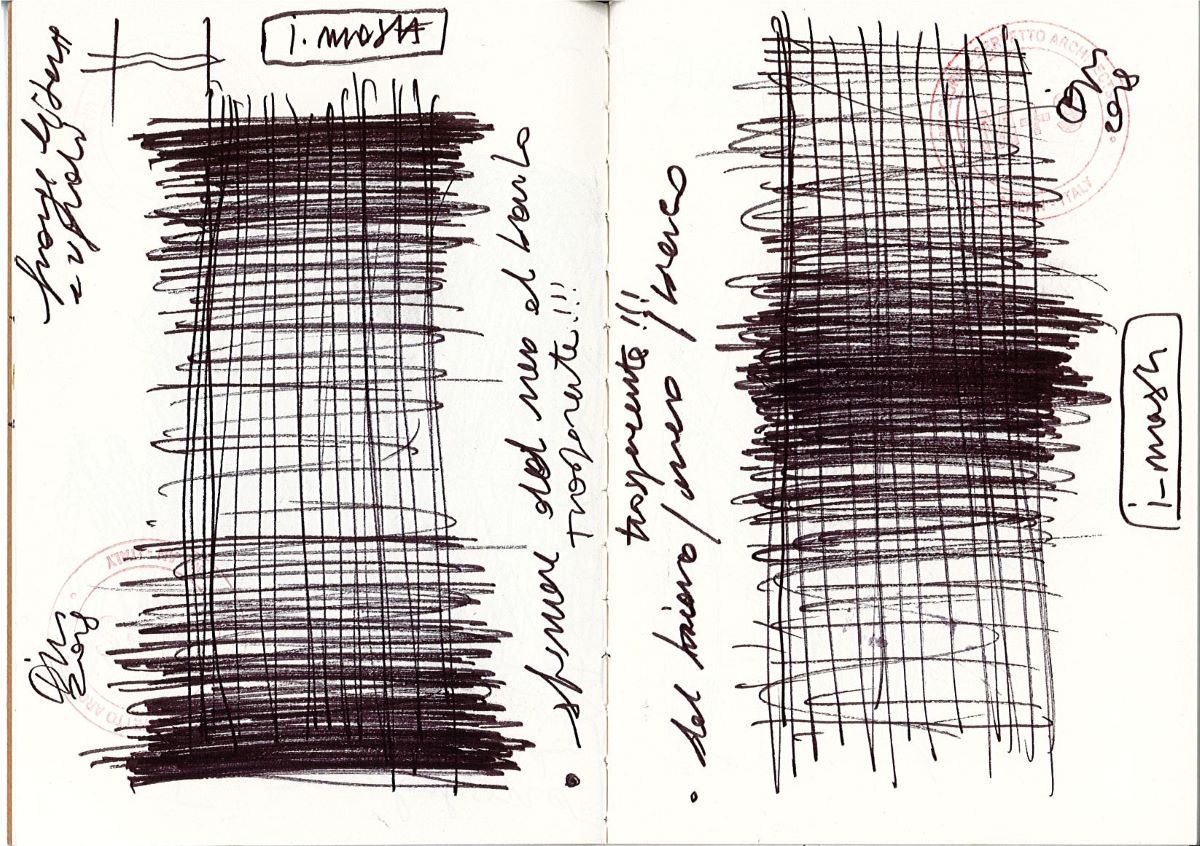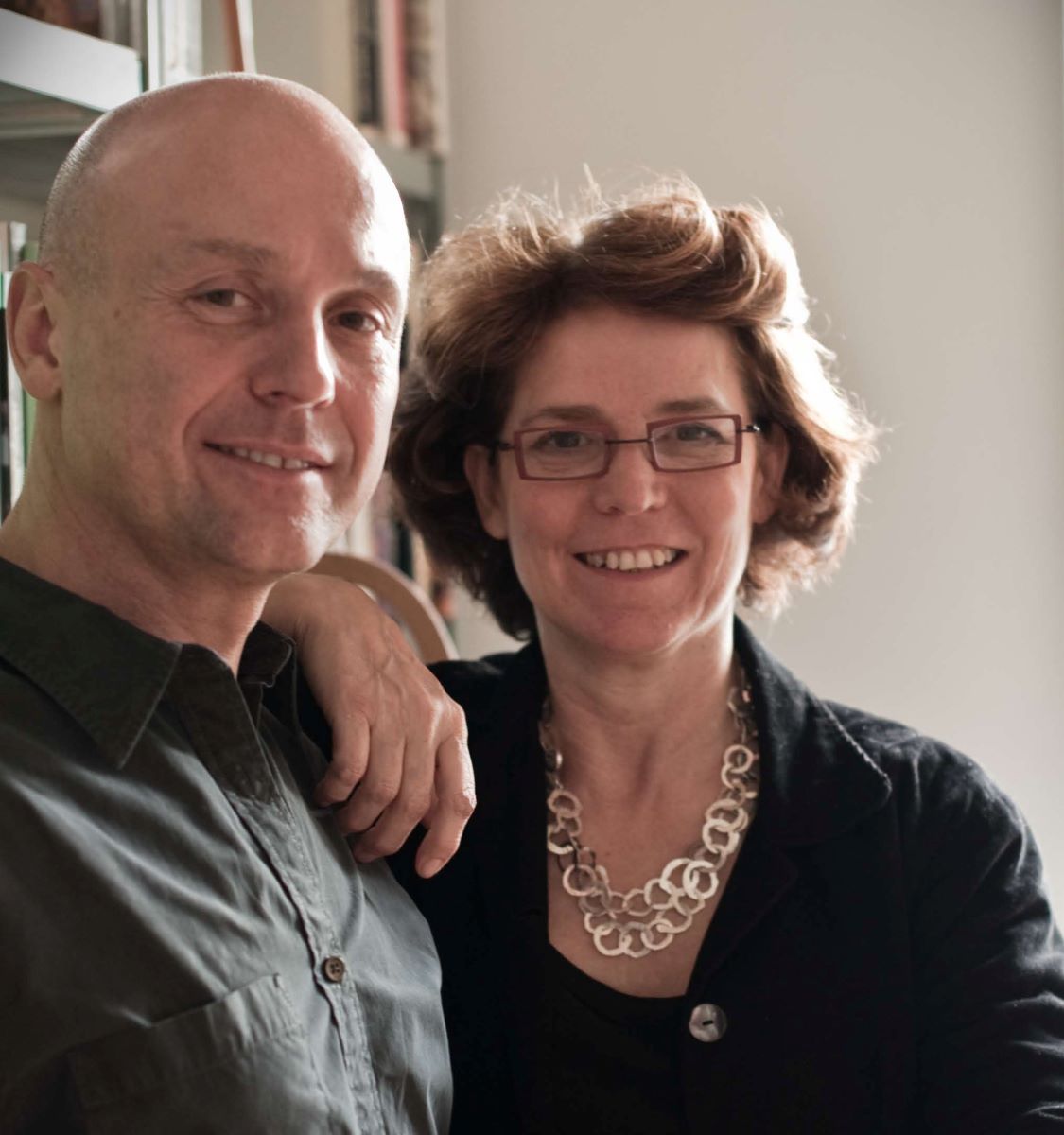Lightmorphing is the name of the first Korean solo exhibition of the Italian firm Migliore+Servetto Architects recently inaugurated in Seoul, which can be visited at the Onground Gallery until June 29th: it aims to reflect Migliore+Servetto Studio’s design approach, with a particular focus on the outcome of its research into the relationship between light, structures and spaces in between.
Lightmorphing is a concept on which the studio has been working for several years that gives life to site-specific, dynamic installations, which interact with both natural and artificial light, and through this light they are shaped, fused and amplified in the space in between: on this particular occasion, visitors can thus explore three main scenarios: one section dedicated to the original drawings of Ico Migliore, one dedicated to site-specific installations with i-Mesh material and another one hosting a video-installation and some special artworks.

The first section presents the “Red Light Architecture Collection”, 16 original sketches by Ico Migliore, which have been already displayed at the DDP in Seoul on the occasion of the NOROO Intl Color Trend Show in 2017: this collection explores the creative side of the architect, where red light is not meant as a design material, but rather as a perceptive medium between the real space and that represented.
The result is a timeless frame that expresses the crystallization of a single moment, in which the architecture emerges strongly, transfigured by the red filter through a sort of polyphonic light; in this vision, the color red is seen as an element that generates both the poetics of the studio and its key elements; red becomes an essential necessary condition in order to reveal all the others; finally, the collection is accompanied by a series of original A6 size sketchbooks to document the spontaneity and daily use of the graphic sign as fundamental means of developing ideas and aiding the design process.

In the second section site-specific installations called “Shades” and created with i-Mesh are displayed: inspired by the concept of transparency, these tapestries are shaped by the light and the relation with the surrounding scenario through the graphic language of textures. The installations have been conceived as systems that are able to construct a strong dialogue with the space for which they have been designed and the horizon in which they are located.
They are open, extremely permeable forms that are designed to be passed through and to interact with the void, where perception changes according to the alterations in the light and the background: thanks to its technical properties, the i-Mesh material interacts with light and shadow and situates itself in perfect harmony with the studio’s design approach and with the experiments into the environmental perception.

In the last part of the exhibition space a video-installation and a series of special artworks present a narration on the installations that the studio has designed around the world based on the concept of lightmorphing; this selection of works carried out in the cultural and artistic field includes: the permanent lighting installation “α cromactive” within the bioclimatic greenhouse of Intesa Sanpaolo skyscraper in Turin; the permanent installation “B&B Italia/The perfect density”; the system of installations designed on the occasion of the XX Olympic Winter Games in Turin; the temporary installation “The perfect time” realized for Whirlpool at the Milan Design Week 2019; “Connections, Connectors and Connectivity” designed for Tecno on the occasion of the Milan Design Week 2016; the exhibition “Coats! Max Mara, Seoul 2017” at the Dongdaemun Design Plaza.

In conclusion, the exhibition is an opportunity to explore the Migliore+Servetto design process and approach, a universe where density, layering and evolution are the cornerstone concepts, as well as the guiding thread, of the objects on display, and establish a dialogue between open forms generated through a repeated sign that becomes a note within the unity of the polyphonic pathway.


